Welcome To Our Irrigation Library!
How irrigation systems work
The Ingenious Mechanism Behind Automatic Garden Irrigations Work
Maintaining a lush and vibrant garden requires consistent and efficient watering, a task made seamless by the wonders of automatic garden irrigation systems work. These sophisticated setups bring a blend of technology and horticulture to ensure optimal plant health and water efficiency.
Automatic garden irrigation systems are designed to alleviate the burden of manual watering, offering a precise and tailored solution for each garden’s unique needs. The key components of these systems include a central control unit, various emitters, pipes, and valves, all working in harmony to distribute water strategically.
Central Control Unit: The Brain of the Operation
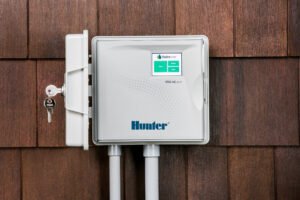
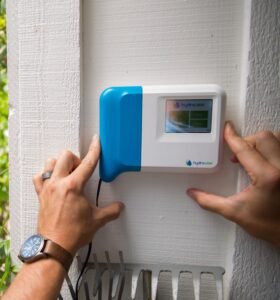
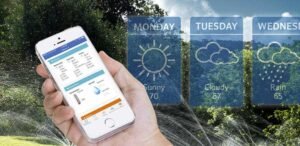
At the heart of every automatic irrigation system lies the central control unit. This intelligent device acts as the brain, orchestrating the entire watering process. Gardeners can program the unit to dictate when and how much water is distributed, allowing for customizable schedules based on the specific requirements of different plants and zones.
The Gardener’s Rain always use the best quality irrigation parts and equipments from market-leader companies.





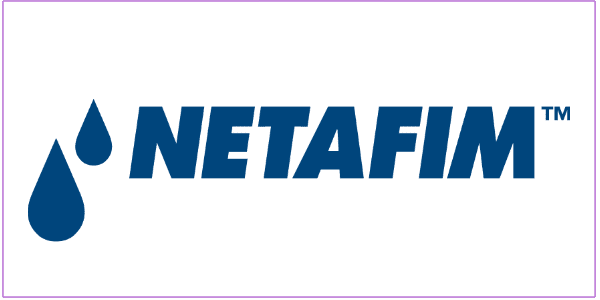
Sensing and Adapting: Smart Water Management
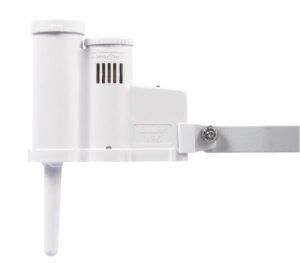
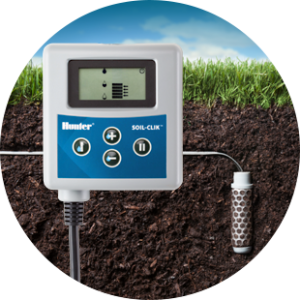

Modern systems often incorporate sensors such as rain sensors or soil moisture sensors. These devices enhance the system’s responsiveness to environmental conditions, preventing overwatering during rain or adjusting for variations in soil moisture levels. Smart controllers, equipped with Wi-Fi capabilities, utilize historical and forecasted weather information, ensuring efficient water usage.
Water Source Options: Tailoring to Garden Needs
Automatic irrigation systems can be connected to different water sources, including the mains, rain-harvesting systems, boreholes, or live water sources. Each source has its unique considerations, and the system adapts accordingly. For example, rainwater harvesting systems require additional measures to avoid temporary water shortages.
Raising the Water Volume: Boosting
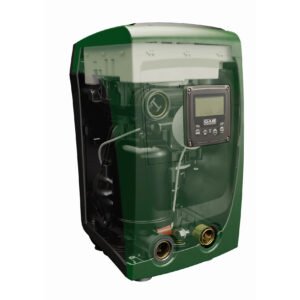
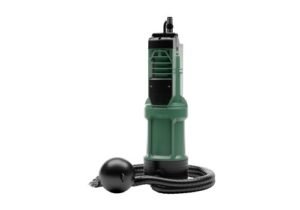
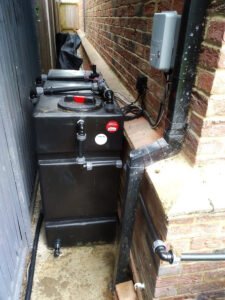
Boosting in the context of irrigation systems refers to the process of enhancing water pressure or flow to meet the requirements of the system. This is typically necessary when the natural water pressure from the source is insufficient to operate the irrigation system effectively. Boosting can involve the use of additional equipment, such as pumps, to increase pressure and ensure adequate water distribution throughout the system.
Installation and Zoning: Precision in Action
Professional installation is crucial to achieving the system’s optimal performance. Zoning, the grouping of similar emitters together, ensures that areas with similar water requirements are irrigated together. The size of each zone is determined by factors like water consumption, water flow, and operating pressure of the emitters.
Emitters: Tailoring Water Delivery
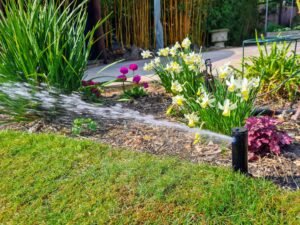
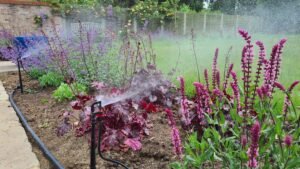
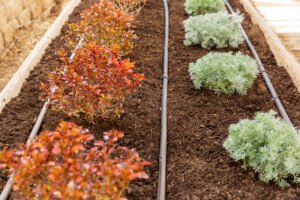
Emitters, including popup sprinklers, micro sprinklers, drip lines, and bubblers, serve as the system’s hands, precisely delivering water to designated areas. Micro sprinklers provide a gentle rain-like mist, drip lines offer targeted root-level hydration, and bubblers emit water in a controlled pattern. The selection of emitters depends on factors such as plant type, size, and local climate conditions.
Pipes and Valves: Efficient Water Transportation
A network of pipes facilitates the seamless transportation of water from the source to the emitters. Well-designed systems employ pipes of varying diameters, strategically laid out to minimize pressure drop and ensure even water distribution. Valves, controlled by the central unit, act as traffic managers, opening and closing to regulate water flow to specific zones.
Maintenance: Ensuring Longevity
Regular maintenance is the key to the longevity of an automatic irrigation system. This involves inspecting and cleaning emitters, checking for leaks, and ensuring that all components are functioning correctly. Well-maintained systems contribute to water conservation, preventing unnecessary water wastage.
Contracting with us is always the best practice to keep your investment in the best condition.
Conclusion: A Greener Tomorrow with Automated Efficiency
In conclusion, automatic garden irrigation systems work represents a marriage of technology and nature, ensuring that our gardens thrive with minimum effort and maximum efficiency. As we continue to embrace sustainable practices, these systems stand as a beacon of innovation, promising a greener and more water-conscious tomorrow.
